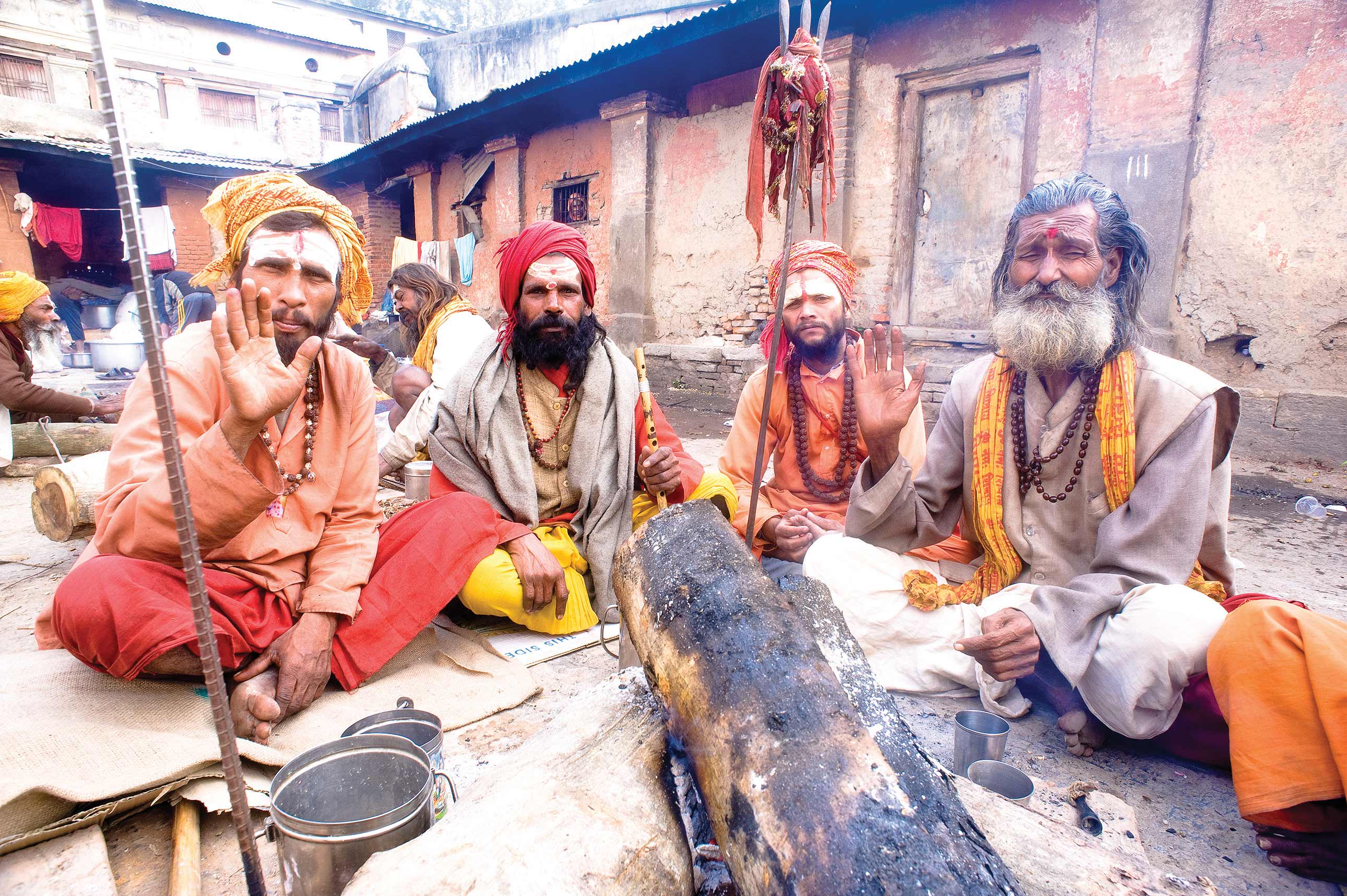Trekking the Great Himalaya Trails tests your endurance, no doubt, but what you get in return makes everything worth the effort.

It was during this time of the year that I started to walk the Great Himalaya Trails (GHT). More than three years have passed now, and my feet have claimed more trails and my body has endured more suffering beyond the Himalayas, but nothing beats the highs and bitter sweet pain of walking the Himalayas. While I was walking GHT, I attended an event in Beni to promote GHT as a tourism destination. The organizers had a typo in their banner, and had written ‘Great Himalaya Trials’ instead of ‘Great Himalaya Trails’. It was only after walking more than 1,500 km for more than 90 days that I realized how right they were. Yes, the trails were in fact a trial of your endurance.

One such trial was the 11-hour-walk from Nunthala (2,193 m) to Lamjura (3,500 m). I vividly remember the walk from Phurteng (3,029 m) to Junbesi (2,720 m). It gave me a strange sense of bliss to be walking in such tranquility, in harmony with nature. On the other side, I could see some 15-16 houses built almost equidistant from one another, separated by agricultural field of varying shapes on the slopes of a sliding hill. The trail mostly passed through grassland. It was only until I began to descend down towards Junbesi that I passed through a lush pine forest.
Junbesi was a beautiful Sherpa village. It seemed like it had the most modern amenities for a village inaccessible by road in Nepal. It was powered with electricity from a micro hydropower station. Late Sir Edmund Hillary had established one of his three schools here. Although its name was Sri Junbesi Secondary School, it was popular as the Hillary School. A little further up was the Junbesi Monastery, one of the oldest monasteries in Solukhumbu district.
The villagers told me that it would take us at least three-and-half to four hours to reach Lamjura Pass (3,539 m). It was already 2:15 p.m. when I left Junbesi. After walking for almost two and half hours, I came across Taktor (3,001 m). It was spread out like Bung village (1,706 m), also in Solukhumbu district that I passed a few days ago. A thick damp mixed forest of rhododendron, oak, and pine acted like a blanket over the landscape. On the north, there were high rising cliffs. There were a lot of purple orchids blooming on the barks of the trees inside the forest too.
 As I began to climb up, I felt a few drops of water dripping on my face. I increased my pace. At around 5 p.m., it started to rain heavily, and I sheltered under a thick rhododendron tree. I stayed there for 10 minutes or so, but there was no stopping of the rain. So I decided to continue my climb. At 5:30 p.m., I reached the top of the pass; there were only two houses at the pass, and both seemed to be locked. So I had to walk further down. The rain poured even more heavily, and I was drenched. After 15 minutes, I reached Lamjura village at 5:45 p.m. There were a few teahouses there, and I decided to stay in the very first teahouse run by an old couple.
As I began to climb up, I felt a few drops of water dripping on my face. I increased my pace. At around 5 p.m., it started to rain heavily, and I sheltered under a thick rhododendron tree. I stayed there for 10 minutes or so, but there was no stopping of the rain. So I decided to continue my climb. At 5:30 p.m., I reached the top of the pass; there were only two houses at the pass, and both seemed to be locked. So I had to walk further down. The rain poured even more heavily, and I was drenched. After 15 minutes, I reached Lamjura village at 5:45 p.m. There were a few teahouses there, and I decided to stay in the very first teahouse run by an old couple.
While confirming my accommodation, I had made it a habit to check the prices of food and accommodation first. The old lady seemed very nice, and gave me the room for 25 rupees per night, and dinner for some 100 rupees. I thought it was a modest price. Later in the evening, she offered me a hot cup of local alcohol. I was impressed by her hospitality. Next day, I had two pieces of rotis and a double omelet for breakfast. Before heading out, I went to clear my bills, and to my utter surprise, she handed me a bill of some 800 rupees. The rotis was some 100 rupees each, and the omelet was 200 rupees. I paid some 500 rupees just for my breakfast. I learned my 800-rupee-lesson that morning—ask for the price first. That day, I crossed Ramechhap from Solukhumbu and camped at Deurali Pass in Dolakha. At dinner, I narrated the story to a guide, and oddly enough, he knew exactly who I was talking about. He had a similar story. Poor guy was offered an apple, which seemed like inclusive in the hospitality, but was later charged 25 rupees per apple. And, so, we laughed at each other’s stories and parted the next morning.











